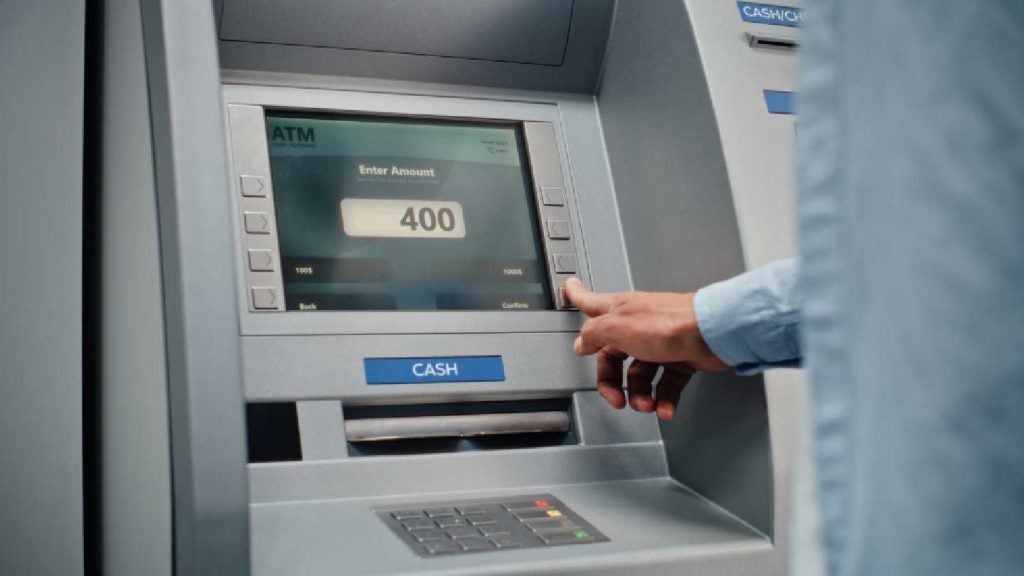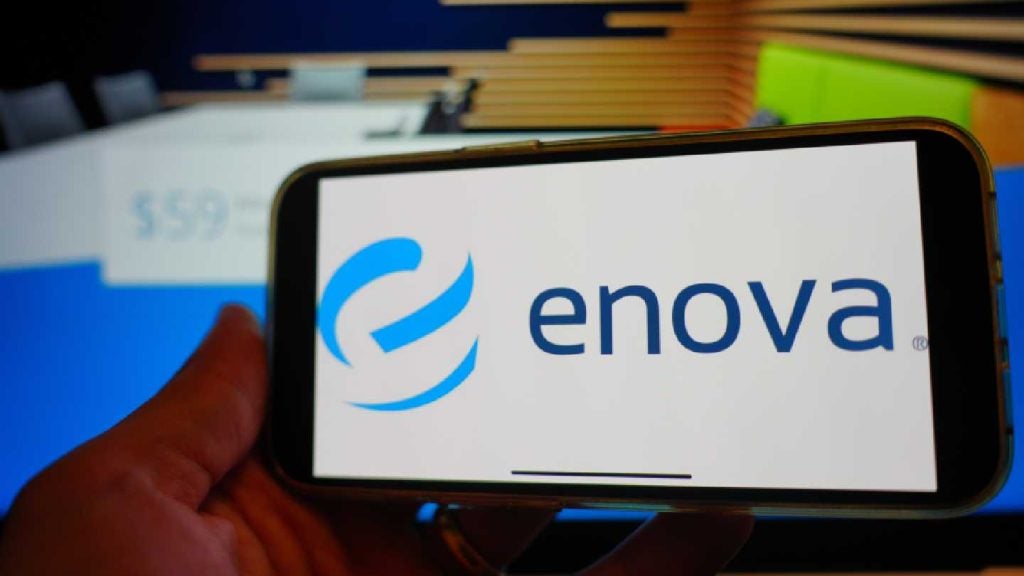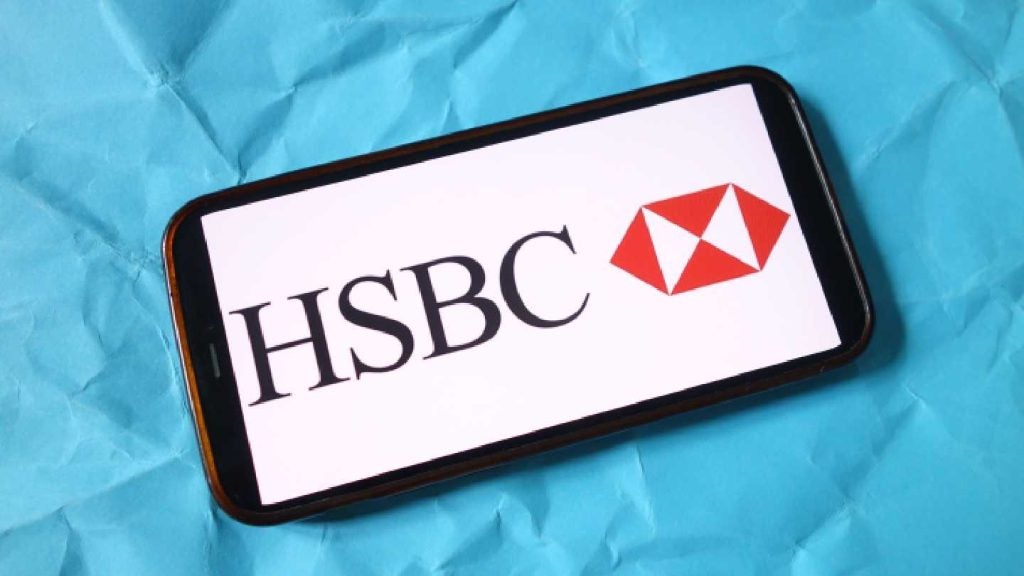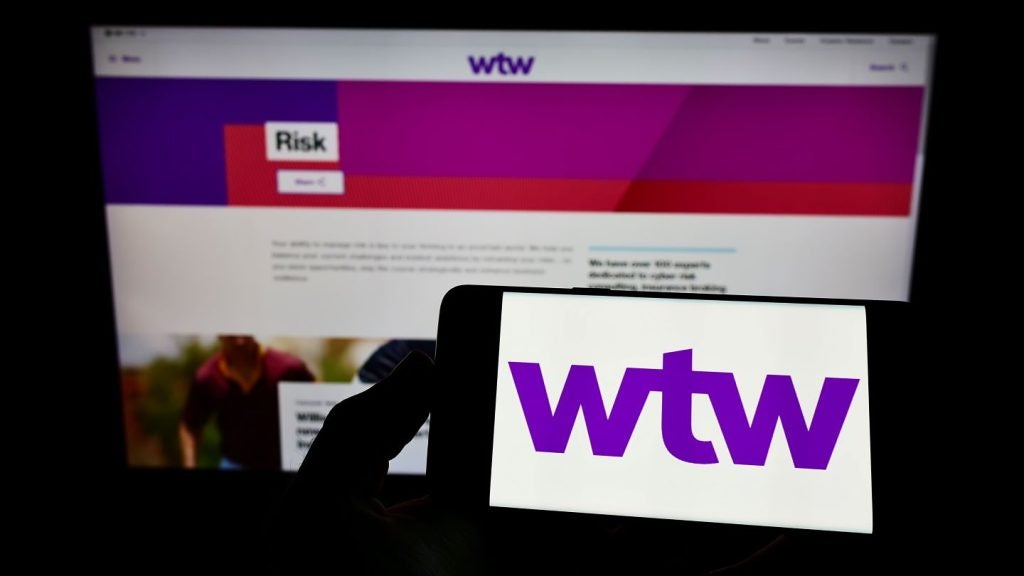Barclaycard US, the American card issuing unit of global giant
Barclays, has fashioned a profitable niche for itself in the
co-branded market, and sees great potential for growth in targeted
corporate partnerships. Amer Sajed, CEO of Barclaycard US and
global cards head speaks to Charles Davis

Access deeper industry intelligence
Experience unmatched clarity with a single platform that combines unique data, AI, and human expertise.
Barclays entered the US market in 2004 with
the purchase of online startup Juniper Financial, and the US arm of
the UK’s leading issuer has quietly built a powerful US portfolio
by allowing its corporate partners to customise their card
programs.
The growth of late has been particularly
impressive. In mid-2007, Barclaycard US had $4.2bn in credit card
receivables. By October 2008, the portfolio surpassed $10bn, and
today, Barclaycard US has just over $13bn in card loans
outstanding.
Its stable of 40-plus card partnerships
features an impressive array of travel and entertainment, retail
and financial services, including Apple Computing, Barnes &
Noble and LL Bean, US Airways, Frontier Airlines and
Travelocity.
In 2010, it snagged the National Football League card that Bank
of America (BofA) had let expire and launched co-branded hotel
cards with Best Western, Choice Hotels and Wyndham Hotels, and in
2011, it launched a
co-branded card with Williams Sonoma.

US Tariffs are shifting - will you react or anticipate?
Don’t let policy changes catch you off guard. Stay proactive with real-time data and expert analysis.
By GlobalDataEarlier this year, Barclaycard picked up the $1.3bn Sallie Mae
portfolio from BofA, gaining more than 300,000 active cardholders
and a new partner in the popular Upromise college savings
program.
The Upromise cobranded MasterCard enables cardholders to earn
rewards that can be applied towards college savings plans.
Cardholders can earn rewards by making purchases through thousands
of brick-and-mortar merchants and 900 online merchants.
Amer Sajed, CEO of Barclaycard US and global
cards head, said that Barclaycard US now stands as the nation’s
tenth-largest issuer.
“We’re pleased with how we’ve grown the
business, but we don’t plan on staying at the tenth slot for long.
Scale is needed to maintain profitability and so we need to keep
growing the business,” he says.
Many US issuers have foregone corporate
co-branding programs, reckoning that the steam had long since run
out of the market, but Barclaycard stuck to its partnership
strategy and has continued to add new co-branded card programs for
merchants.
The original Juniper deal gave Barclaycard the
co-branded business of Midwest Airlines, Airtran Airways, and
Frontier Airlines, fast-growing regional US airlines that created a
powerful beachhead in the T&E co-branded market.
Having built a reputation for working with its
co-branding clients to customize products, Barclays is well
positioned to sweep up business from other issuers. Companies that
entered cobranding deals with issuers in the late 1990s and even
early this decade are looking for ways to shake up their co-branded
relationships, putting many relationships up for grabs, Sajed
says.
“We’re continuing to look for new partnerships
that make sense for us,” he says. “The first step is cultural fit
and brand fit. We have shied away from casinos, for example,
because we don’t think that’s the appropriate brand fit for us. Second, we want to find out what
the partner wants. Is it about deepening existing relationships, or
acquiring new cardholders, or increasing spending? We then do a
complete analysis of their business needs and assess whether we can
help them. And finally, we have to see scale down the road.”
Partnerships that make sense tie card
offerings to tangible benefits consumers crave, Sajed says.
“The nature of the co-branding relationship
has changed. In the old days, issuers like First USA and MBNA
sought out huge numbers of small affinity relationships where
people teamed up with little niche interests like college alumni
and hobbyists. It was too segmented and unless there was some
amazing value, consumers left for cards with greater benefits. So
now there has to be real value in the form of benefits tied closely
to a rewards program that’s designed to increase loyalty and
incentivise spending,” he says.
Since its entry into the US market,
Barclaycard US has taken a behind-the-scenes approach, employing
Juniper’s branchless strategy to let its corporate partners take
center stage in the card relationship, but the issuer is beginning
to move more aggressively to issue Barclaycard-branded cards as
well.
“Our partners don’t mind us building up our
brand if it is lifting their brand,” Sajed says.
Its latest offering under its own brand is the
Barclaycard Ring MasterCard, which Sajed described as the first
“social credit card” designed and built to leverage the power of
community crowdsourcing.
Ring cardholders belong to an online community
of members and vote on new features, help determine how the card
programme is managed and even weigh in on how Barclaycard US
discloses fee and rate information. The card offers a standard 8%
interest rate for all members, no balance transfer fee and no
annual fee.
Sajed says that through Ring’s virtual
cardmember community, members even have access to the card’s
financial profit and loss statements.
“We are using Ring to create a social network
through which members help us manage and market the card,” he says.
“We’re really serious about using Ring as a way to learn how to
best utilize the social networks to build card products.”
To further build a sense of online community,
Ring members manage Giveback, a program that empowers the Ring
community to share in the profit generated from its collective
decisions by deciding where to direct a portion of the card’s
profits to an array of charities.
“It’s really taking off,” Sajed says of Ring.
“We’re really enthusiastic about the model and what it’s teaching
us about online community.”
To help fund its card-issuing operation,
Barclaycard US also has begun to broaden its retail banking
offerings. Earlier this year its began offering online savings
accounts and certificates of deposit, Sajed says, adding that
Barclaycard US also will begin securitising some card assets to
fund future growth.
“We are looking at how we can grow the
business and leverage Barclays global operations. In the UK, for
example, we have about a 90% share of the contactless card
business, and we’ve made a tremendous investment in mobile payments
globally. We’ll see how the market shakes out in the US, but we see
lots of potential out there,” he says.







